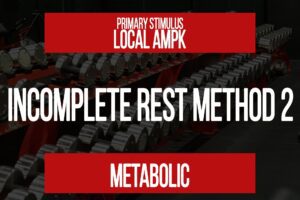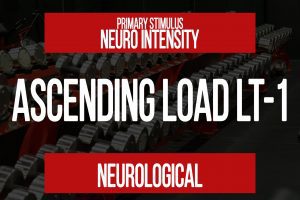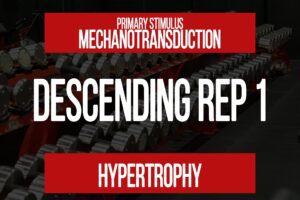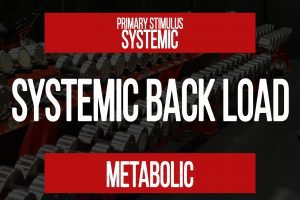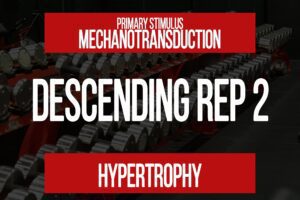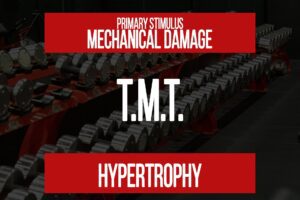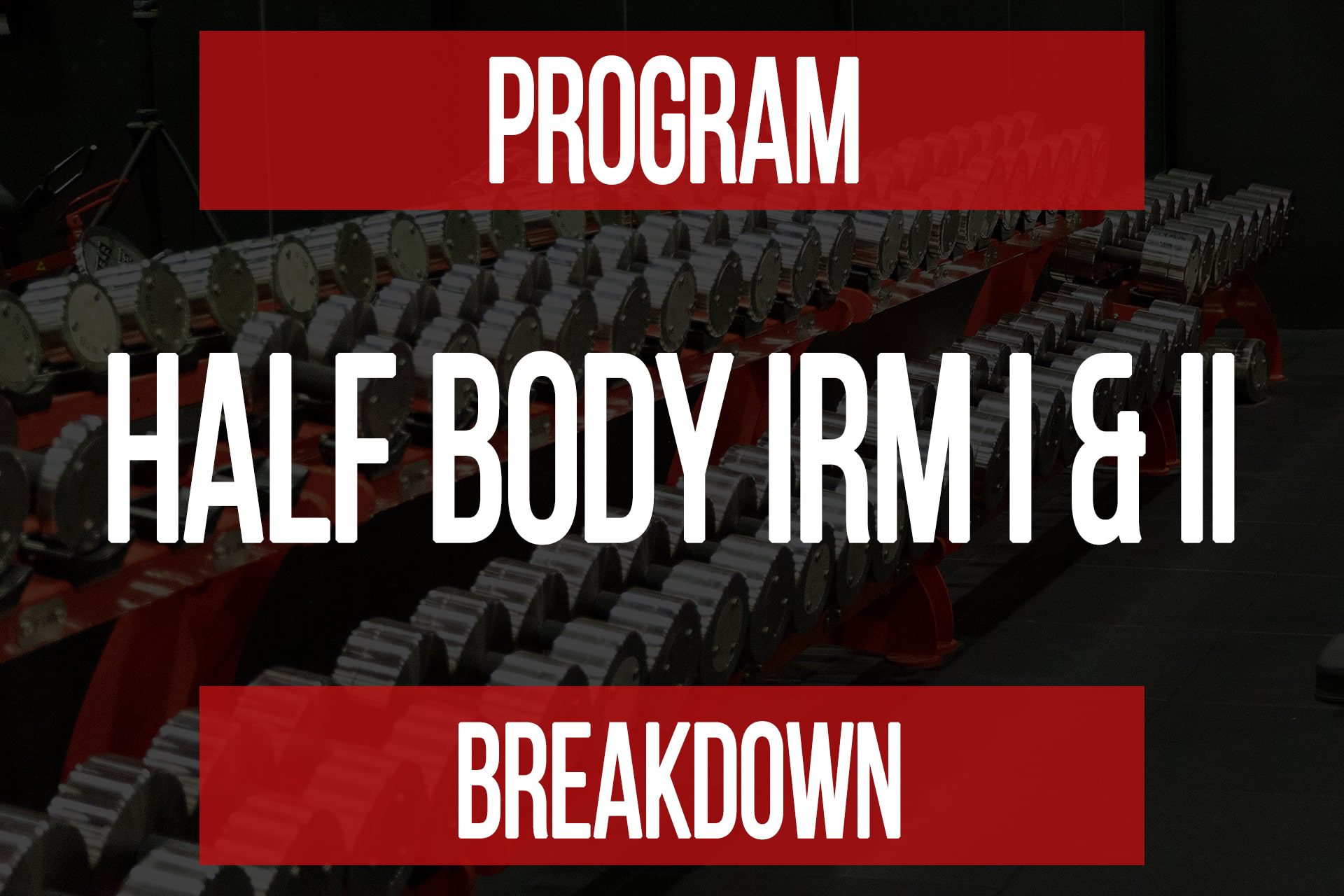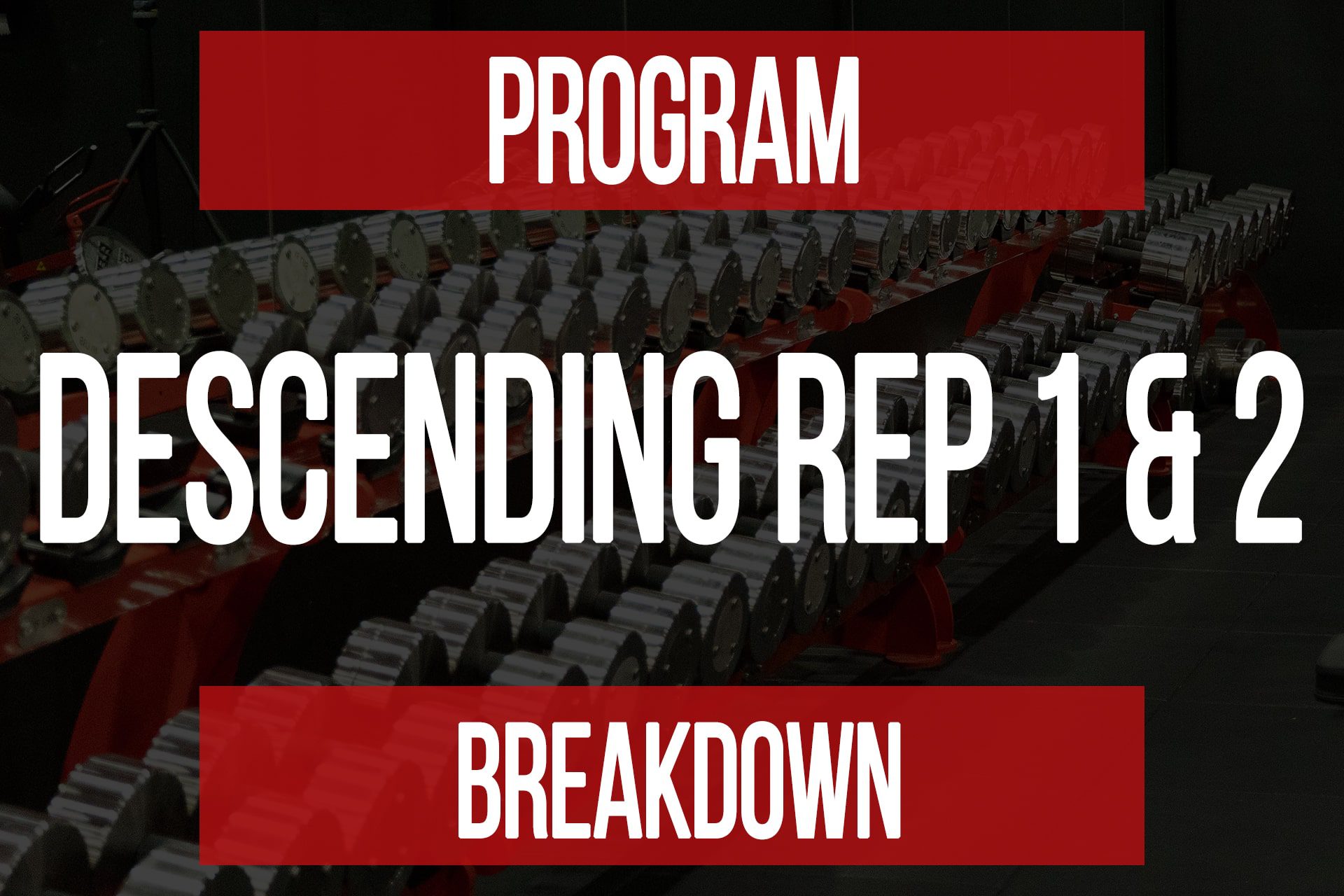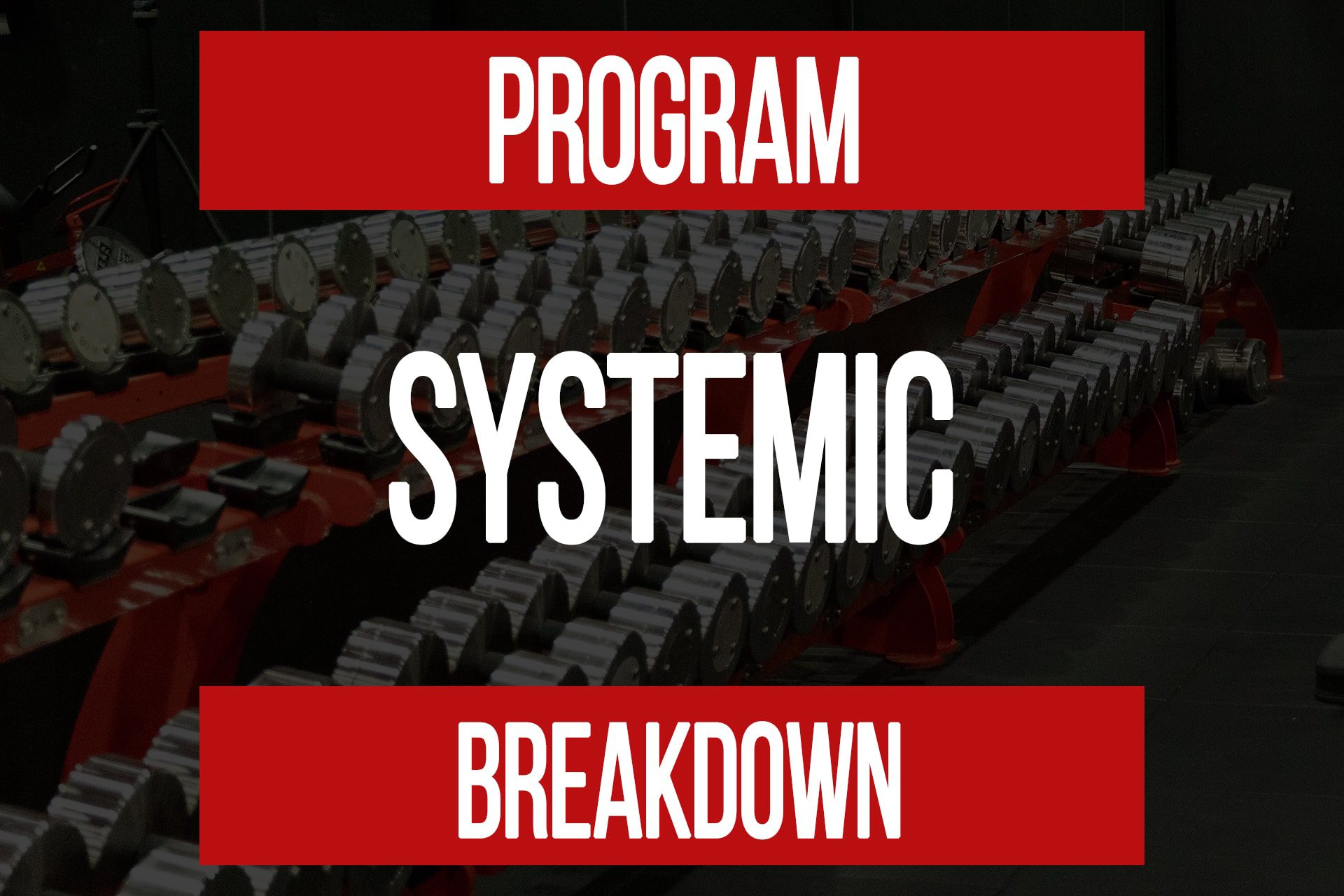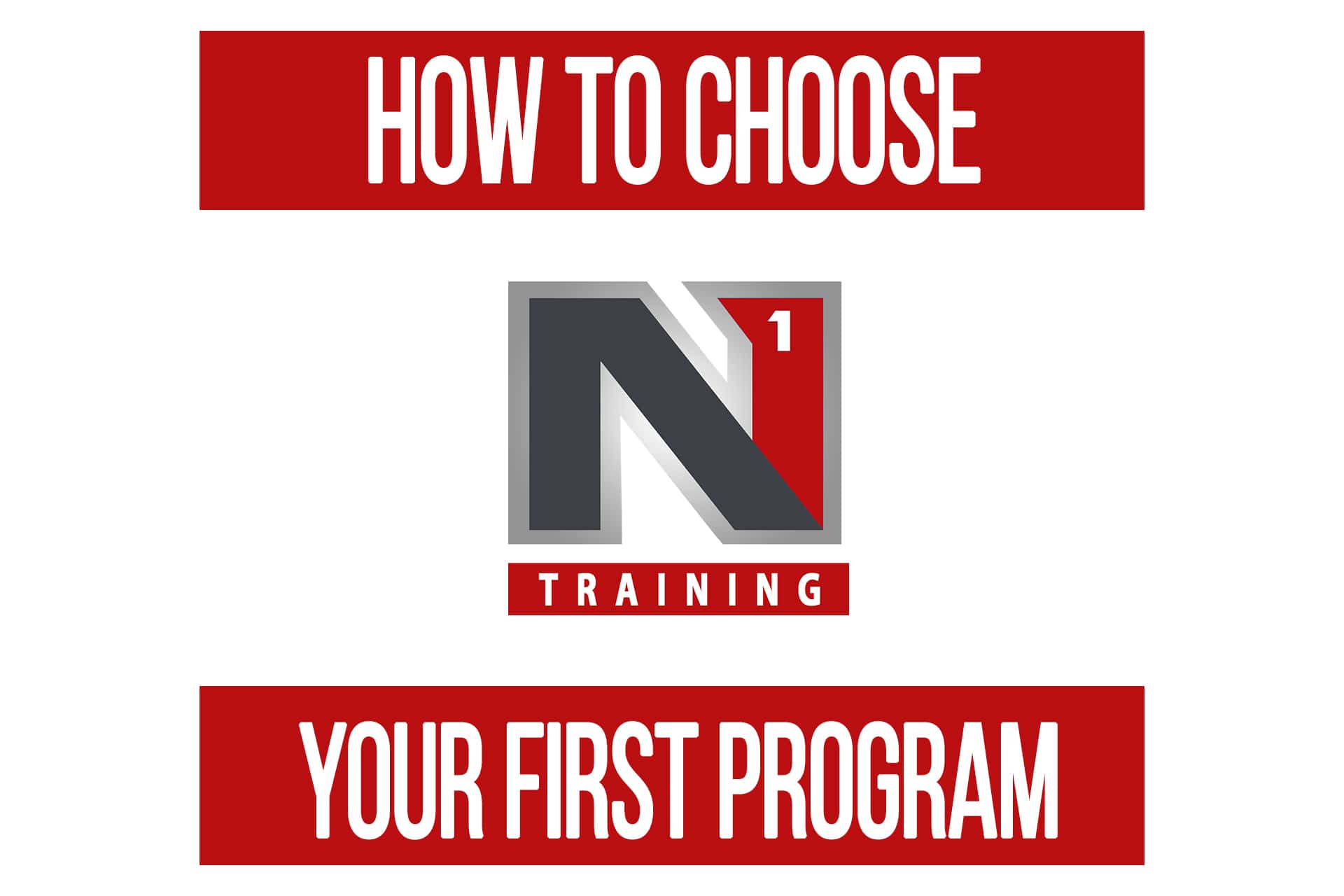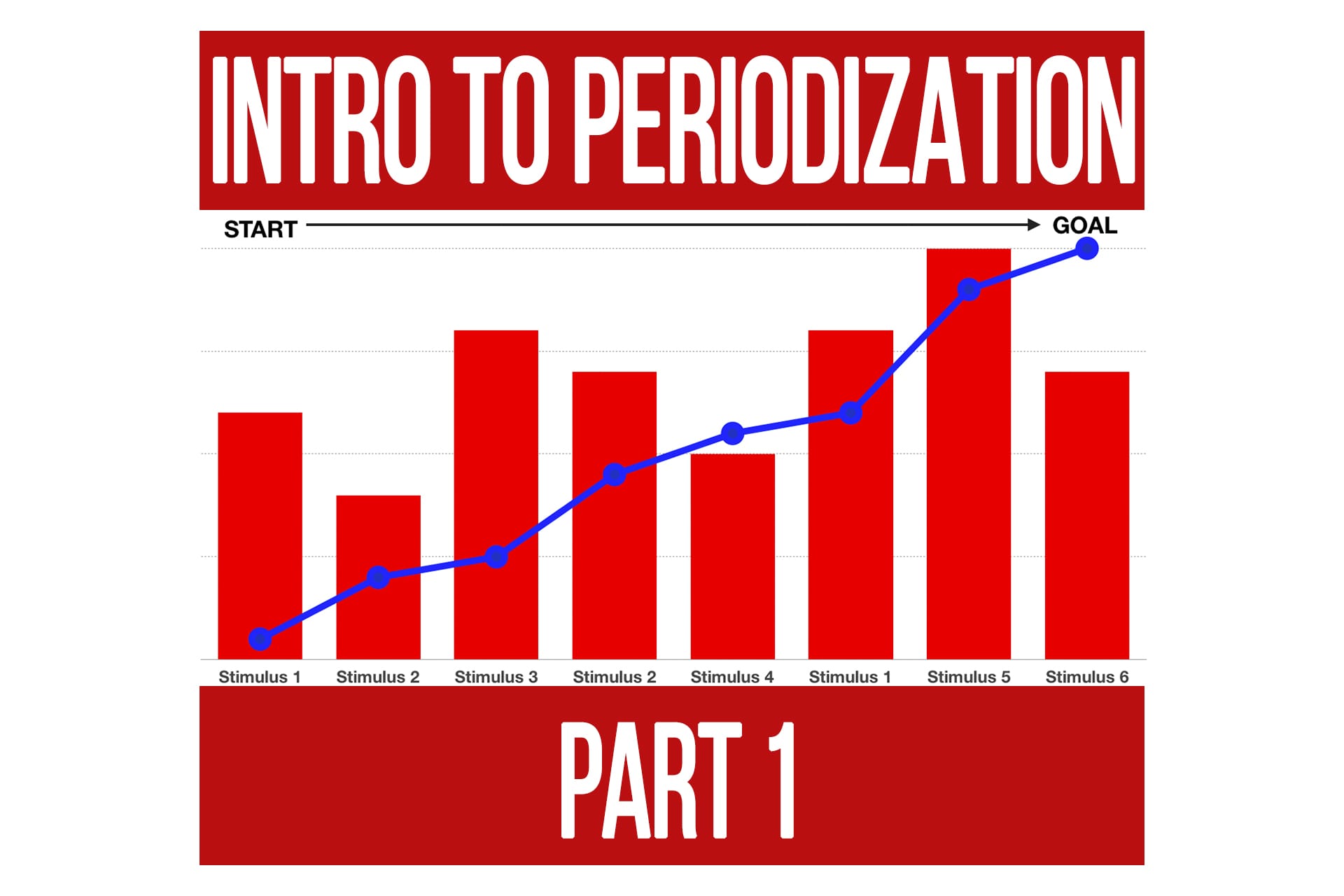How to Choose Your Next Training Program
n1 training
Periodizing your training is important for avoiding plateaus and achieving the quickest long-term progress towards you goal.
It will help you avoid wasting time under-recovering or going backwards if you’re spending too much time in a particular type of training.
If you’ve followed us for a while, you’re probably familiar with the concept that there are different training stimuli, or effects and adaptations that come with how a particular program is written.
Periodization is simply a planned progression and ordering of using different stimuli at different times to work towards an overall goal (fat loss, muscle gain, strength, etc).
To help you get started, here are some general example periodization plans that you could follow based on your goal and training experience.
Examples for Fat Loss Goal
Beginner (<1 year of training or coming back after several weeks off)

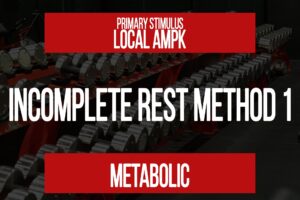

Intermediate (1-4 years of consistent training & moderate conditioning and strength)
Advanced (5+ years of consistent training & above average conditioning and strength)
Examples for Muscle Gain Goal
Beginner (<1 year of training or coming back after several weeks off)
Intermediate (1-4 years of consistent training & moderate conditioning and strength)
Advanced (5+ years of consistent training & above average conditioning and strength)
Keep in mind that this is only an example of the first four potential programs and the duration you may need to spend in each will vary by person.
These are general outlines you can follow for a given goal, but nothing will beat the experience of a coach who can interpret your biomarkers and help you customize a plan to suit your needs.
The length of time you stay in a particular program depends on how well you’re adapting and recovering. We’ve built these programs out to the maximum duration you should stay in them before either de-loading or switching to a different training stimulus.
Simply working through every program on the site that can be used for a particular goal is not going to be the fastest way to get there in the long run.
For example, if you’re focusing on hypertrophy you’ll need to de-load at times or even switch to a more metabolic or neurological program for a while to continue improving in other aspects of your training.
Then, when you come back to a hypertrophy program you’ll be able to progress faster than if you just kept trying to do the same stimulus non-stop.
Knowing when and what program to switch to is a combination of science and skill. The skill is being able to interpret and analyze an individuals biomarkers to determine where to go and when. That is what a good coach is for.
We all respond differently to various types of training and tolerate or adapt to some better than others. A good coach can evaluate these differences and help you pick which training stimulus to go to next and how long you should stay there for optimal results.
But we know that level of guidance with a coach is expensive, right?
Yes, it is. However…
To bridge the gap between a fully customized coaching experience and the program membership, we’re offering a unique opportunity to have our N1 coaches help guide you through your program journey on N1 Training for less than 20% of our normal coaching rates.
We offer this Coaching Guidance to those who are signed up for the N1 Training programs membership to help periodize your training for you and get the most out of all of the program options we have available.
It essentially functions like a weekly check-in that we personally review and tell you WHEN and WHAT PROGRAM to change to in order to keep working towards your goal as efficiently as possible.
Having an N1 coach in your corner is a great way to save a lot of time from trial-and-error to make your fitness journey that much more efficient and enjoyable!
Learn more about Coaching Guidance HERE
Program Breakdown: Half Body I.R.M.
videoBody Composition Conditioning Hypertrophy Program Design SupportProgram Breakdown: Full Body Compound & Systemic Back Load
videoBody Composition Conditioning Program Design Support
Popular Pages
Learn & Train With Us
Add N1 Training to your Homescreen!

Please log in to access the menu.

